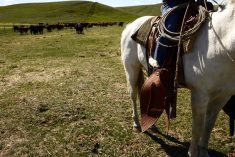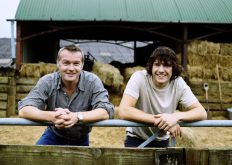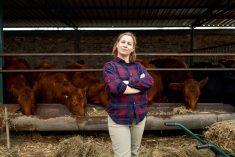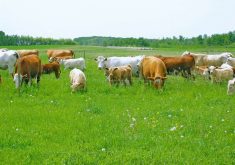Is there such a thing as failing well? Dr. Amy Edmondson of the Harvard Business School thinks so and explores the subject in her latest book, The Right Kind of Wrong: The Science of Failing Well.
Consider times in the past when you have experienced failure. Were some of them done poorly and some done well? My own experiences moving cattle come to mind. For example, we were trying to take a different route, down the road instead of cross-country through paddocks, as we’d lost a piece of rented ground. A time crunch, taking the cows’ behaviour for granted and failing to set up some extra electric tape all contributed to the failure. So did rushing through the prep conversation on what the plan was and who would be responsible for what. In the end, all the critters did get where they were supposed to be but there was added stress. In this instance, a followup analysis or debriefing, and discussion on what we could do differently next time, helped turn it into a “failing well” situation.
Read Also
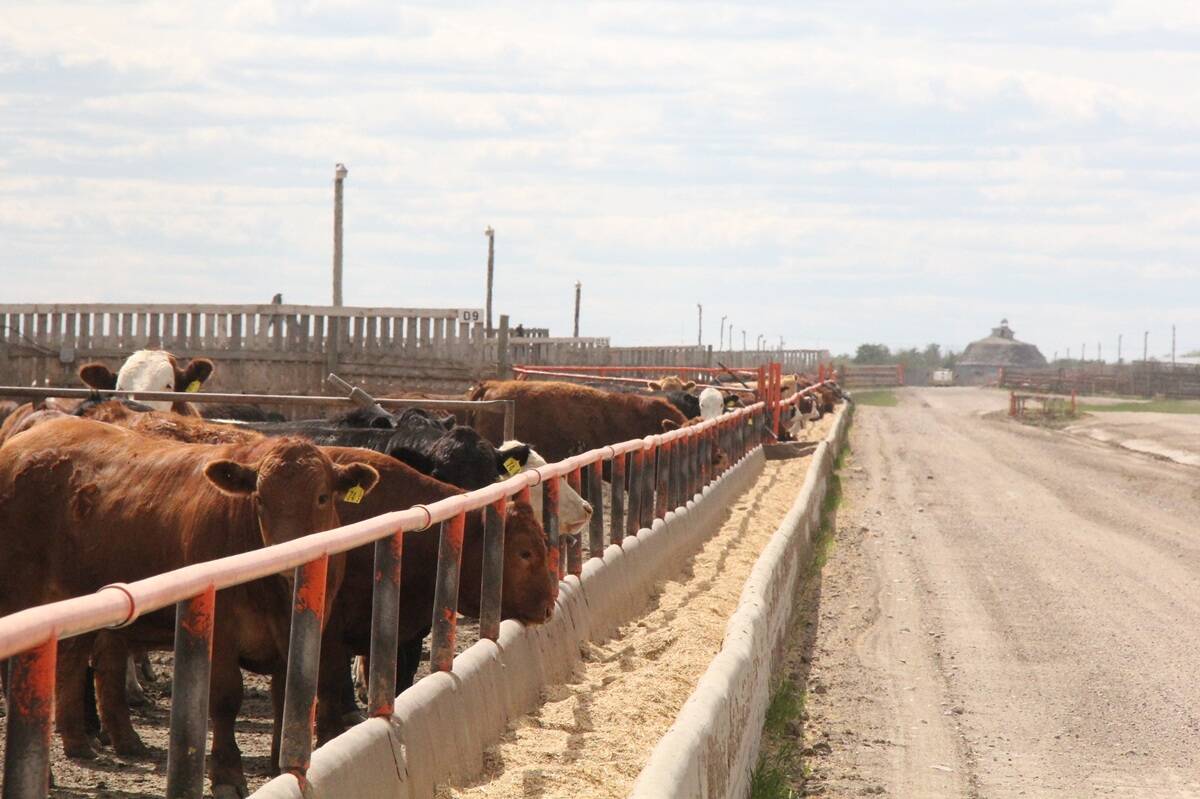
Unwinding the fibre in feedlot cattle diets
Research into how barley rolling method and undigestible NDF levels affect animal performance and digestive health in finishing diets
Edmondson has done a great deal of work on the positive aspects of failure and suggests we need to shift our mindset to look at failure as positive or learn how to fail well. But she also contends that we are hard-wired and socialized to view failure as a negative thing and avoid it.
Think of how the education system was set up when many of us were going through it, to avoid failure. However, in the tech world, emphasis is placed on failing often.
3M is an example of a highly innovative, successful company with a foundation of experimenting, embracing failures and changing applications. For example, initially the Post-it Note was just such a failure. Dr. Spencer Silver, a 3M scientist, was trying to create stronger adhesives when he accidentally developed one that lightly stuck and allowed people to easily peel off the note without damaging the surface. Through all of it, people at 3M were supported and encouraged to try. They built teams with high levels of trust that were constantly learning.
A fellow holistic management educator from Australia, Graeme Hand, first introduced me to the idea of “safe to fail” trials when adopting different practices. Instead of trying cover crops on the whole farm/ranch, how about trying it on 40 acres?
As leaders, we need to be confident enough to say, “I really messed up and my great idea did not work.” For myself, working in the areas of intensive grazing and families in business, I never want to be referred to as an “expert.” Even after many years, our grazing is not always perfect — far from it. We have paddocks that have been overgrazed, or not given enough recovery time in drought conditions. The same can be said for operating a family business.
But the overarching idea of continuously learning, improving and growing means we have to try to accept failure because it is inevitable. We have tried things in the past that did not work. But it’s also important to remember that was then and this is now, and if the next generation wants to try something that did not work for us, we should let them.
“With complexity and uncertainty, the particular combination of needs, people and problems may never have occurred before,” says Edmondson. This is certainly true when dealing with Mother Nature.
Edmondson refers to the “blame game,” where the tendency is to find fault with someone. Nobody wants to be that someone. She says, “Failure and fault are virtually inseparable in most households, organizations and cultures.” She suggests shifting to a culture of psychological safety. In her work with executives, it has been reported that 70-90 per cent of mistakes are treated as blameworthy, but only two to five per cent are actually censurable. Building trust and acceptance is the foundation of strong teams. With team psychological safety, those in our organizations are comfortable taking risks.
Consider the words we use when talking about failure. Could failures be considered mistakes or even discoveries? Edmondson defines mistakes as falling into three broad categories: preventable, complexity-related or intelligent. Have you experienced an intelligent failure? Again, with the cattle-moving example, what about discovering that a gate you have been using for years is in the wrong place and could be moved to a different spot for improved cattle flow?
How we analyze the mistakes is important. An approach of “what happened” instead of “who did it” can be helpful. Incorporating feedback or monitoring loops, as happens in holistic management, to give some early warning signs that new practices are not proceeding as planned, can be incorporated. Going through a simple SWOT analysis at the end of the production year is another tool. What were the strengths, weaknesses, opportunities and threats? Analyzing failures in depth is a challenge. As Edmondson puts it, “It is emotionally unpleasant and can chip away at your self-esteem. It requires inquiry and openness, patience and a tolerance for casual ambiguity in a culture of organizational learning.”
For the most part, we must be intentional about looking at failures in a positive light, not negative. Doing so can be helpful as we work to strengthen and grow our agriculture operations.
With that said, I’ll leave you with this quote by author Samuel Beckett. “Ever tried. Ever failed. No matter. Try Again. Fail again. Fail better.”
Watch our video extras! Now you can find all of our Depth of Field videos in one place at canadiancattlemen.ca/depth-of-field/depth-of-field-extras/.


